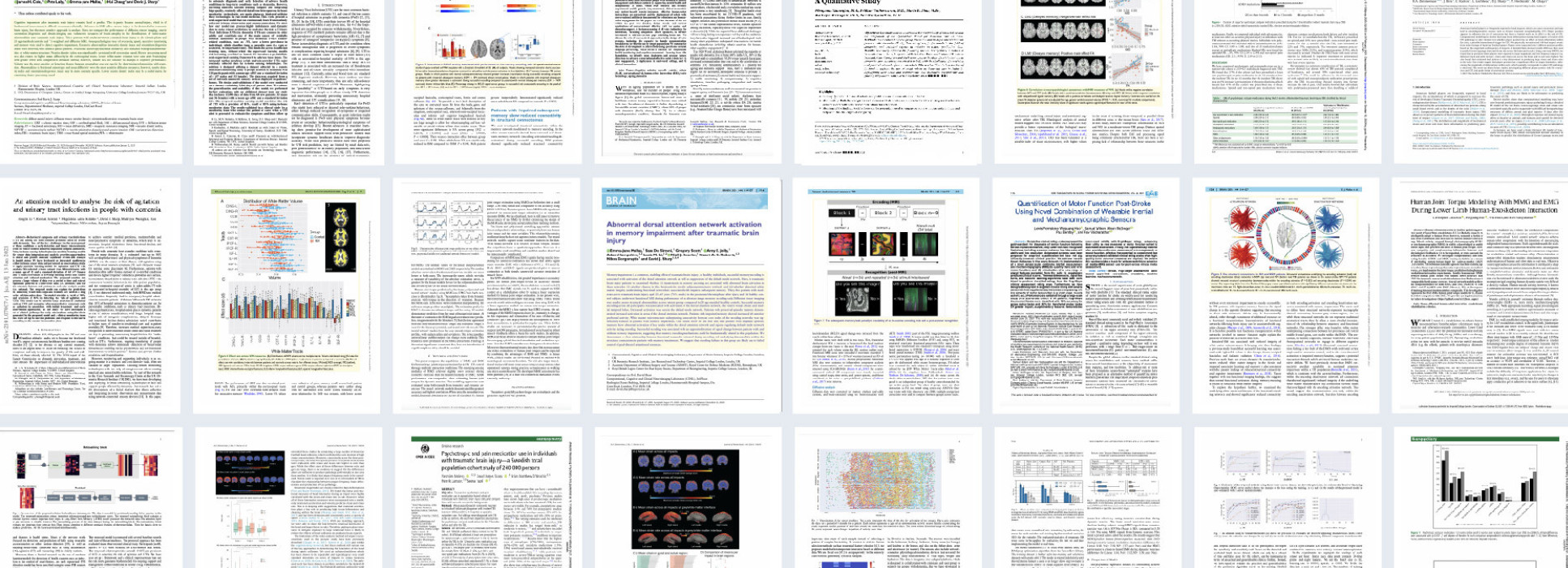
Results
- Showing results for:
- Reset all filters
Search results
-
Journal articleLi R, Song H, Cao J, et al., 2020,
Big data intelligence network
, IEEE Network: the magazine of global information exchange, Vol: 34, Pages: 6-7, ISSN: 0890-8044The thirteen articles in this special section focus on big data analytics for intelligent networking. The Internet of Things (IoT) is likely to have a significant impact on human lives as new services and applications are developed through integration of the physical and digital worlds. IoT is an umbrella term referring to a large number of sensing and actuation devices connected to the Internet. The vast amounts of data will be generated from those devices and form big data to provide smarter living and/or improve production efficiency. The huge amount of data opens new challenges in the era of new data-driven solutions, which also have significant influence on communication networks. Current networks are often designed based on static end-to-end design principles hindering the efficient and intelligent provisioning of big data. This special issue features recent and emerging advances in the areas of big data analytics in networking applications and networking for big data
-
Journal articlePopescu SG, Whittington A, Gunn RN, et al., 2020,
Nonlinear biomarker interactions in conversion from mild cognitive impairment to Alzheimer's disease
, Human Brain Mapping, Vol: 41, Pages: 4406-4418, ISSN: 1065-9471Multiple biomarkers can capture different facets of Alzheimer's disease. However, statistical models of biomarkers to predict outcomes in Alzheimer's rarely model nonlinear interactions between these measures. Here, we used Gaussian Processes to address this, modelling nonlinear interactions to predict progression from mild cognitive impairment (MCI) to Alzheimer's over 3 years, using Alzheimer's Disease Neuroimaging Initiative (ADNI) data. Measures included: demographics, APOE4 genotype, CSF (amyloid‐β42, total tau, phosphorylated tau), [18F]florbetapir, hippocampal volume and brain‐age. We examined: (a) the independent value of each biomarker; and (b) whether modelling nonlinear interactions between biomarkers improved predictions. Each measured added complementary information when predicting conversion to Alzheimer's. A linear model classifying stable from progressive MCI explained over half the variance (R2 = 0.51, p < .001); the strongest independently contributing biomarker was hippocampal volume (R2 = 0.13). When comparing sensitivity of different models to progressive MCI (independent biomarker models, additive models, nonlinear interaction models), we observed a significant improvement (p < .001) for various two‐way interaction models. The best performing model included an interaction between amyloid‐β‐PET and P‐tau, while accounting for hippocampal volume (sensitivity = 0.77, AUC = 0.826). Closely related biomarkers contributed uniquely to predict conversion to Alzheimer's. Nonlinear biomarker interactions were also implicated, and results showed that although for some patients adding additional biomarkers may add little value (i.e., when hippocampal volume is high), for others (i.e., with low hippocampal volume) further invasive and expensive examination may be warranted. Our framework enables visualisation of these interactions, in individual patient biomarker ‘space', providing information for per
-
Conference paperEnshaeifar S, Barnaghi P, Skillman S, et al., 2020,
A Digital Platform for Remote Healthcare Monitoring
, 29th World Wide Web Conference (WWW), Publisher: ASSOC COMPUTING MACHINERY, Pages: 203-206- Author Web Link
- Cite
- Citations: 5
-
Conference paperZhao Y, Haddadi H, Skillman S, et al., 2020,
Privacy-preserving Activity and Health Monitoring on Databox
, 3rd ACM International Workshop on Edge Systems, Analytics and Networking (EdgeSys), Publisher: ASSOC COMPUTING MACHINERY, Pages: 49-54- Author Web Link
- Cite
- Citations: 9
-
Conference paperJaneiko V, Rezvani R, Pourshahrokhi N, et al., 2020,
Enabling Context-Aware Search using Extracted Insights from IoT Data Streams
, 4th IEEE Global Internet of Things Summit (GIoTS), Publisher: IEEE
This data is extracted from the Web of Science and reproduced under a licence from Thomson Reuters. You may not copy or re-distribute this data in whole or in part without the written consent of the Science business of Thomson Reuters.
Awards
- Finalist: Best Paper - IEEE Transactions on Mechatronics (awarded June 2021)
- Finalist: IEEE Transactions on Mechatronics; 1 of 5 finalists for Best Paper in Journal
- Winner: UK Institute of Mechanical Engineers (IMECHE) Healthcare Technologies Early Career Award (awarded June 2021): Awarded to Maria Lima (UKDRI CR&T PhD candidate)
- Winner: Sony Start-up Acceleration Program (awarded May 2021): Spinout company Serg Tech awarded (1 of 4 companies in all of Europe) a place in Sony corporation start-up boot camp
- “An Extended Complementary Filter for Full-Body MARG Orientation Estimation” (CR&T authors: S Wilson, R Vaidyanathan)

Established in 2017 by its principal funder the Medical Research Council, in partnership with Alzheimer's Society and Alzheimer’s Research UK, The UK Dementia Research Institute (UK DRI) is the UK’s leading biomedical research institute dedicated to neurodegenerative diseases.


